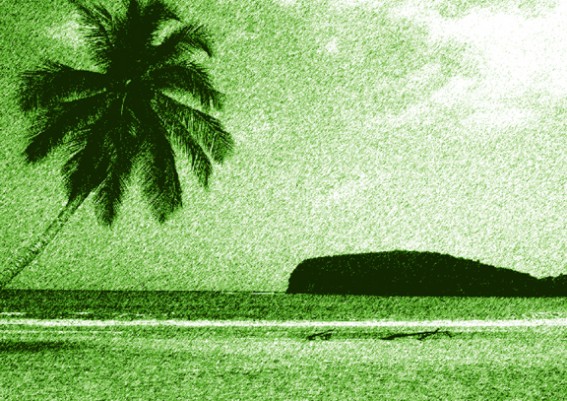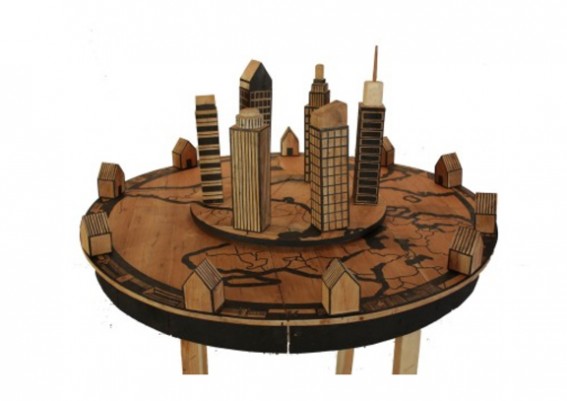
By Michael W Beck, PhD CJ Contributor
It was a momentous week recently in New York City at the United Nations (UN) Climate Summit.
The purpose of the Summit was to build energy, momentum and commitments towards a new global plan for addressing climate change at the forthcoming meeting of world leaders in Paris in 2015.
In building towards that ambition, the summit was a success.
Governments and businesses made numerous tangible commitments to mitigate emissions and to help nations adapt to change.
China, the global leader in carbon pollution, committed for the first time to capping its carbon emissions.
Cargill, one of the largest agricultural companies in the world, pledged to protect forests across their agricultural supply chains.
And 400,000 people marched in the streets to hold leaders accountable.
Tuesday’s UN Session on Resilience was critical for the governmental commitments that got made; many of high relevance to the Caribbean.
I watched live on UN Web TV; while perhaps not the most gripping TV ever, it was meaningful nonetheless.
During the session, Grenada Prime Minister Dr Keith Mitchell was again a champion for the risks faced by many small island nations. He represents the Caribbean well. He consistently articulated that many northern nations must come good on their pledges to help and that island nations must build more sustainable alternative energy futures.
I’m encouraged to say that recently there has been real movement on both those fronts.
Further, reinsurance industry leader Swiss Re, committed 10 Billion dollars (USD) to advise 50 countries and municipalities on climate risk resilience by 2020, and to have offered them protection of USD 10 Billion against this risk. This commitment is significant for the Caribbean because the Caribbean Catastrophe Risk Insurance Facility (CCRIF) is one of the key examples cited by the insurers of where and how they think they can help. From a conservation perspective, CCRIF and Swiss Re have been leaders in highlighting that investments in mangroves and coral reefs can be cost-effective for natural defense. In the same session, the Rockefeller Foundation committed to a $150 million dollar partnership with USAID and the Swedish International Development Agency to help develop resilient solutions for many nations across South and South East Asia.
And full disclosure, I watched the UN Resilience Session in part because The Nature Conservancy’s work on building Coastal Resilience won an award from the UN Office of Disaster Risk Reduction for software tools that help assess and reduce disaster risk. The app, Coastal Defense, helps people identify the coastal protection value of reefs and wetlands and to design restoration solutions to help enhance coastal defense. We developed the work with a team including the University of California Santa Cruz, Natural Capital Project, the U.S. Geological Survey and others.
Overall the news from New York was great. Governments, businesses, foundations and NGOs are taking climate change seriously.
We are seeing movement from excuses to the exploration of opportunities and real solutions.
Most importantly for the region, we might actually get real support to the nations that it need it most – particularly those across the Caribbean facing major climate risks.
Michael Beck is Lead Marine Scientist at The Nature Conservancy.


 Mark Menders Farbfotografie "Ohne Titel (Alaska, Anchorage Flugplatz)" aus dem Jahre 1967 (Abzug 2012, Auflage 10) wird auf dem Stand von Van Horn, Düsseldorf, zu sehen sein. (Ausschnitt)
Mark Menders Farbfotografie "Ohne Titel (Alaska, Anchorage Flugplatz)" aus dem Jahre 1967 (Abzug 2012, Auflage 10) wird auf dem Stand von Van Horn, Düsseldorf, zu sehen sein. (Ausschnitt)